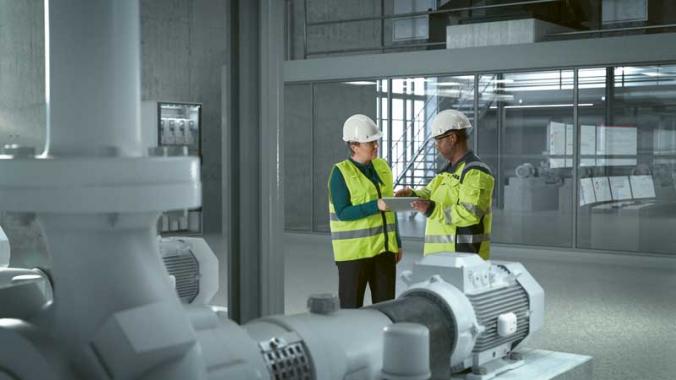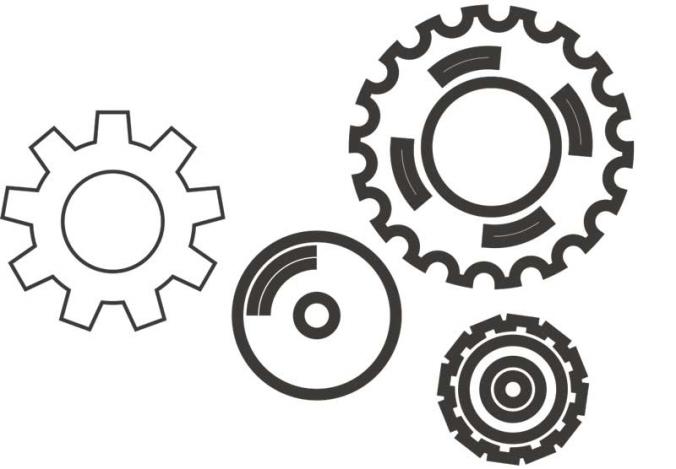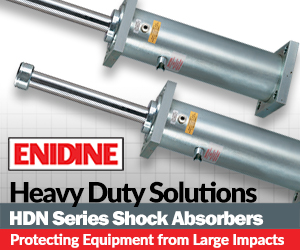Maintenance Performance and its Measurements
Maintenance performance can be difficult to measure. But, measurements drive behavior and it is therefore important to think through what to measure. The measurement should be designed in order to achieve the following:
1. Encourage the desired behavior
Example: If weekly schedule compliance is measured, what is the behavior you would get? Perhaps supervisors simply put a lot less work on the schedule to achieve high compliance? If so, we drive the wrong behavior.
2. Fully integrated and aligned with all other operating measurements
Example: You want to make sure your measurement connects to the overall goal. If the overall goal is high OEE and lower cost/ton, make sure your measurement influence this overall goal. I can argue that high lubrication route compliance would get me better reliability of equipment (higher OEE), therefore I have a connection from route compliance to overall goals.
3. Be quantifiable
A measurement can be subjective, but a KPI should be measurable, meaning a number at a specific time.
4. Be balanced
Example: It does not make sense to measure Inventory Value alone for example, because anyone can get it to zero very fast, but it will have rough consequences. A balancing measurement to inventory value could be the service level of parts.
5. Be managed at the correct “controlling” organization level (the level where decisions that affect the measurements are made)
OEE is typically not the best measurement to communicate with a vibration technician, it is a lagging indicator that he/she typically feel they can’t influence. Perhaps route compliance and average vibration level in the plant is a better measurement for the vibration technician.
This tip was provided by IDCON INC
IDCON INC is a reliability and maintenance consulting firm working with industrial clients to maximize productivity through improvements in maintenance and operational practices. They support clients worldwide.








![EMR_AMS-Asset-Monitor-banner_300x600_MW[62]OCT EMR_AMS-Asset-Monitor-banner_300x600_MW[62]OCT](/var/ezwebin_site/storage/images/media/images/emr_ams-asset-monitor-banner_300x600_mw-62-oct/79406-1-eng-GB/EMR_AMS-Asset-Monitor-banner_300x600_MW-62-OCT.png)




